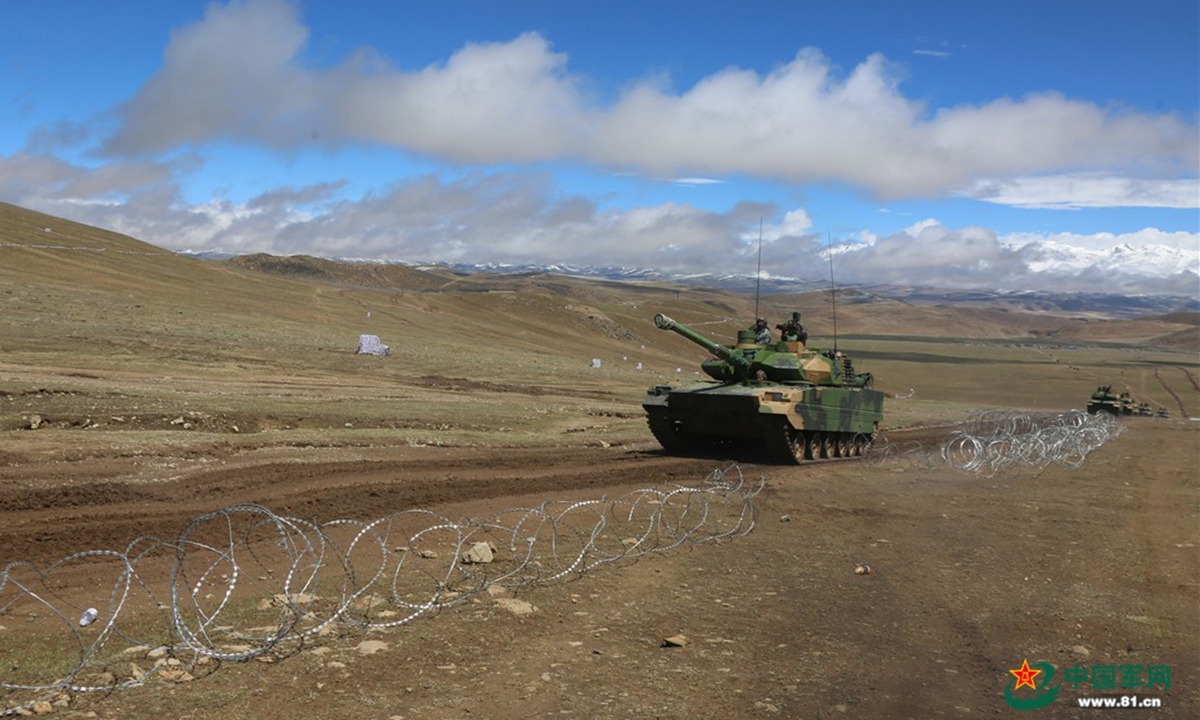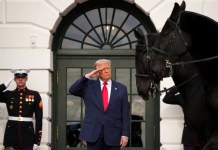After a challenging experience deploying heavy Main Battle Tanks (MBTs) in the Eastern Ladakh region during a stand-off with China, the Indian Army is prioritizing the procurement of the indigenous Indian light tank codenamed ‘Zorawar.’
The Indian Defense Research and Development Organization (DRDO) displayed a scale model of the Zorawar light tank at the Defexpo 2022, held in Gujarat from October 18 to 22. The tank is being developed jointly by DRDO and Larsen & Toubro (L&T).
On September 16, senior executive vice-president for Defense Jayant D Patil stated that the company had been chosen as a development partner.
However, he added that L&T could not guarantee that it would play a part in the manufacturing of the tank, despite the company’s involvement in the platform’s development. Project Zorawar is in a very nascent stage as of now.
Zorawar Light Tank Model#DefExpo22 pic.twitter.com/my6A5Gjlhk
— Jenil Patel (@Jenilpatel1811) October 21, 2022
The Indian Army is accelerating the acquisition process of the indigenous Indian light tank after its experience of deploying armor at an altitude of 15,000 ft. to outmaneuver the movement of Chinese forces.
However, the first Request for Information (RFI) issued for a light tank goes back over a decade. It was in 2009 that the Indian Army first projected a need for a Light Tank when an RFI was initiated to procure 300 such tanks.
The armor equipment profile is one of the most critical variables in determining the operational capacity of land forces. While China has introduced a significant number of cutting-edge medium and light tanks, as demonstrated by recent experiences along the northern border, India still has to make do with heavy tanks acquired from Russia.
For instance, India deployed a fleet of T-90 tanks, which weigh roughly 46 tons, near the site of conflict in eastern Ladakh, in addition to the previously deployed 45-ton T-72 tanks. However, these big tanks suit terrain with steep slopes and high altitudes.

In contrast to Indian armor deployment, China’s ZTQ-15 light tanks easily zipped through, while Indian armored battalions encountered difficulty moving their hefty T-72s across passes up to 17,500 feet in elevation.
The Indian efforts to develop light tanks are driven by the operational challenges of using large MBTs in mountain warfare.
Project Zorawar is part of the overarching modernization undertaken by the armored corps and mechanized infantry.
In September this year, an unnamed defense official told The Hindu, “It will have equal firepower as the present tank, including missile firing. The power-to-weight ratio will make it very agile.”
Zorawar Has Competition
Modi government announced the development of light tanks for the Indian Army on March 3, 2022, under the Make-I category of the 2020 Defense Procurement Procedure (DPP).
The Ministry of Defense’s Directorate General of Mechanized Forces issued a Request for Information (RFI) in April 2021 for 350 light tanks in the 25-ton weight category.
However, instead of importing light tanks, it was later announced that the country wanted to develop a light tank of its own. Once the decision was taken, L&T was chosen as the industry partner.
Zorawar is built to function across various settings, including island territories, high-altitude regions, and marginal terrain. According to officials, it would have specialized technology like Artificial Intelligence (AI), drone integration, active defense systems, and a high level of situational awareness.
The tank will also be highly transportable for quick deployment to meet operational circumstances. The development of a tank indigenously has also been influenced by the trouble in defense supply chains due to the Russian-Ukraine conflict.
Russia is the biggest defense supplier to India, and both the MBTs operated by the Indian Army are of Russian origin.
That being said, while developing an indigenous Light Tank on the lines of fighter jets like LCA Tejas is ambitious, there are other lucrative offers made to the Indian Army from foreign partners.

One of the leading contenders for India’s Light Tank contract is Russia’s Sprut SDMI, which is an 18-ton tank with a 450-hp engine supporting a 125mm main gun.
The main advantage that Sprut offers is that it can use all the ammunition produced in India for T-72M1 and T-90S tanks. Further, Russia has strengthened its offer by providing Transfer of Technology (ToT) and production assistance.
Besides Zorawar and Sprut SDMI, another option available to India — South Korea’s K21-105.
It is expected to be a 25-ton tank with a 750-hp power pack and would be built in India by L&T. Its turret would be Belgian.
Going ahead with Zorawar could be a time taking process as the prototype won’t be available until 2023, and the tank is still in its concept phase.
Operational necessity may force India to enlist foreign assistance to meet its urgent light tank needs, i.e., for the entire system or individual parts like the turret, engine, and transmission.
Despite major issues with indigenization, it seems India will not give up on the DRDO’s Zorawar light tank project.
This is especially significant as the current Indian government led by Prime Minister Narendra Modi is pushing for indigenization in the defense sector which will not only fulfill its own needs but also open an avenue for export.
- Contact the author at sakshi.tiwari9555@gmail.com
- Follow EurAsian Times on Google News




